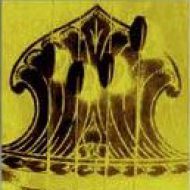Whatever one’s personal background and aspirations may be, Carnatic music remains a quest for undiluted aesthetic experience (rasa). Three basic concepts are essential. Read the brief introduction for more! Also read the course overview if you prefer a more systematic approach.
Category archives: Resources
Flow | Mela practice
sa = middle octave (madhya sthayi), ‘sa = higher octave (tara sthayi)Explore renditions of raga Mayamalavagaula, raga (Dhira)Sankarabharanam and raga (Meca)Kalyani on YouTube >>Listen to two kritis in ragas Simhendramadhyamam and Sankarabharanam (6th and 7th items)sung by Bhushany Kalyanaraman >>Find song lyrics (composers) & translations for these and other ragas >> raagam: mAyAmALavagauLaAa: S R1 G3 M1 …
Tala Anubhava: 25 rhythm exercises
A tala trainer for self-study by Kalaimamani TR Sundaresan (voice & lessons) & Ludwig Pesch (talam cymbals & concept) MP3 & PDF Access all the 25 audio files here >> Exercises (PDF) >> Archive.org Be patient while audio-files are loading. For details and more options visit https://archive.org/details/Tala-Anubhava-Experiencing-South-Indian-Rhythm >> Tips for self-study For some of the …
